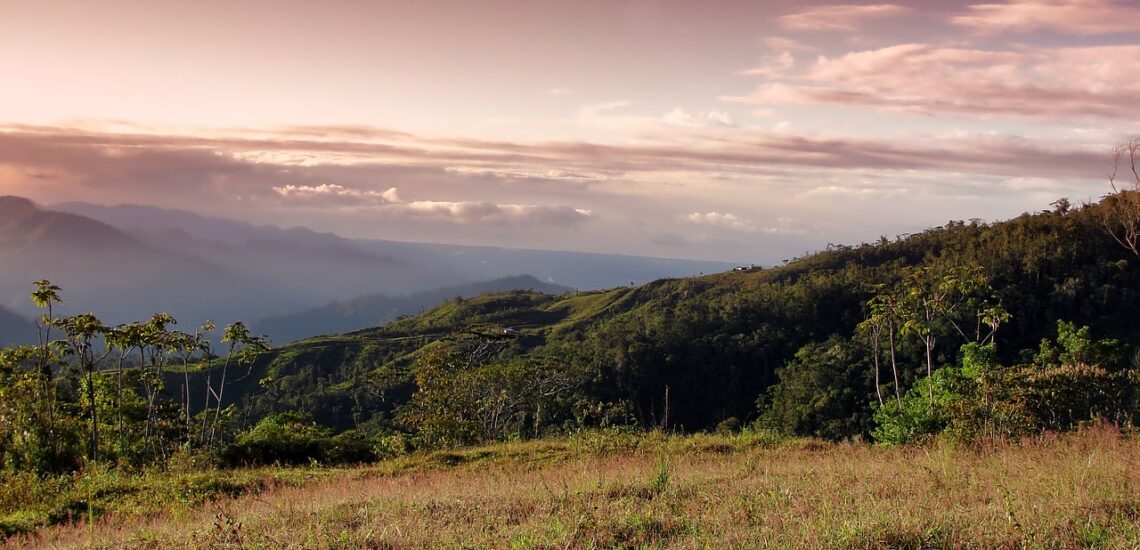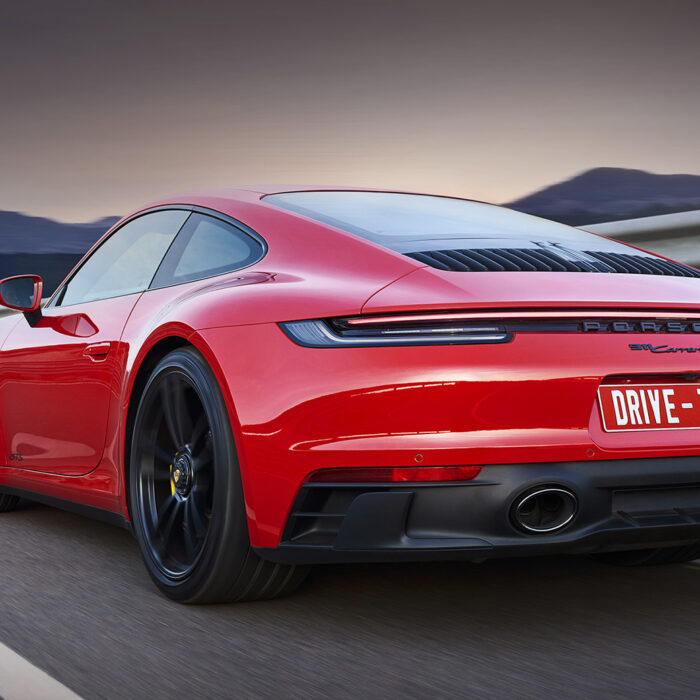Quick facts about Costa Rica:
- Population: Approximately 5.2 million people.
- Capital: San José.
- Official Language: Spanish.
- Currency: Costa Rican colón (CRC).
- Government: Unitary presidential constitutional republic.
- Major Religion: Christianity, predominantly Roman Catholicism.
- Geography: Located in Central America, bordered by Nicaragua to the north and Panama to the southeast, with coastlines on both the Caribbean Sea and the Pacific Ocean.
Fact 1: There are 30 national parks in Costa Rica
Costa Rica is celebrated for its commitment to environmental conservation and biodiversity preservation. The country’s national park system encompasses a diverse range of ecosystems, from tropical rainforests and cloud forests to coastal mangroves and marine habitats.
The country is known to have 30 national parks. These parks are administered by the National System of Conservation Areas (SINAC) and offer visitors the opportunity to explore and appreciate the country’s natural wonders. About a quarter of the entire country is protected by the state.
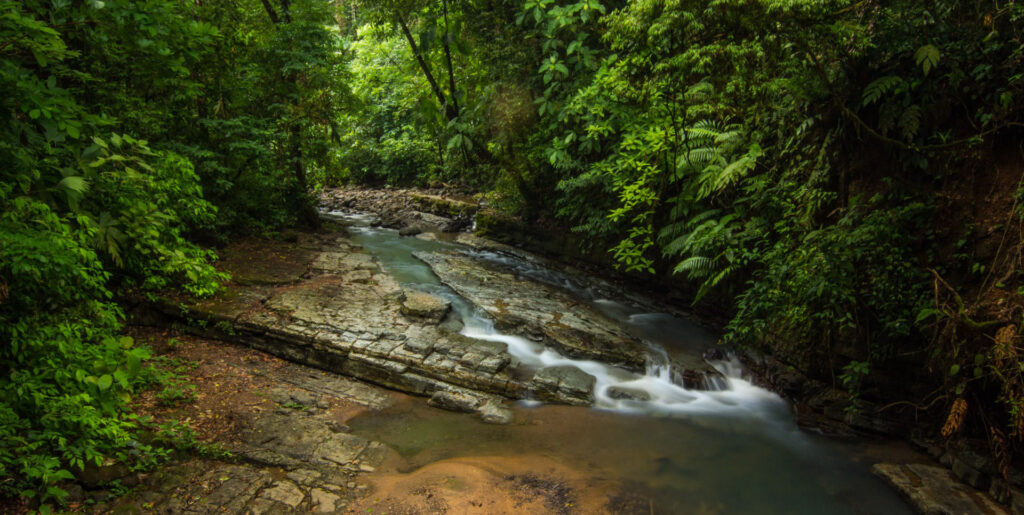
Fact 2: The roads in Costa Rica are not very good
Costa Rica’s road network consists of a combination of paved highways, gravel roads, and rural routes. Major highways connecting the country’s urban centers are generally well-maintained and in good condition. However, secondary roads and rural routes may be less developed, with occasional potholes, uneven surfaces, and unpaved sections.
Factors contributing to road quality issues in Costa Rica include heavy rainfall, mountainous terrain, and limited financial resources for infrastructure maintenance. Additionally, the country’s rapid urbanization and population growth have led to increased traffic congestion in urban areas, impacting travel times and road conditions.
Note: Planning to visit the country? Check if you need an International Driver’s License in Costa Rica to rent and drive a car.
Fact 3: One of the volcanoes in Costa Rica is very active
Arenal Volcano, located in the northern part of Costa Rica, was once one of the most active volcanoes in the country, with frequent eruptions and lava flows observed throughout the 20th century. However, its activity has decreased significantly since its last major eruption in 1968, which destroyed the nearby town of Tabacon.
Despite the decrease in activity, Arenal Volcano remains an active stratovolcano, and occasional eruptions, as well as fumarolic activity and hot springs, are still observed in the area. The volcano and its surrounding Arenal Volcano National Park are popular tourist destinations, attracting visitors who come to admire the majestic volcanic landscape, explore hiking trails, and relax in thermal springs.

Fact 4: In Costa Rica, almost all energy is renewable
Costa Rica has made remarkable progress in transitioning to renewable energy sources, particularly hydropower, wind power, geothermal energy, and solar power. The country’s abundant natural resources, including rivers, volcanoes, and sunshine, contribute to its ability to harness renewable energy.
Hydropower is the primary source of electricity in Costa Rica, accounting for a significant portion of its energy production. The country’s numerous rivers and waterfalls provide ample opportunities for hydroelectric power generation, with hydropower plants strategically located throughout the country.
Fact 5: Costa Rica is home to several species of sea turtles
Costa Rica’s coastline along both the Pacific Ocean and the Caribbean Sea provides nesting habitat for several species of sea turtles, including the Olive Ridley, Green, Leatherback, Hawksbill, and Loggerhead turtles. These turtles undertake long migrations to return to the beaches where they were born in order to lay their eggs, a phenomenon known as natal homing.
During the nesting season, which typically occurs between March and November, thousands of sea turtles come ashore at designated nesting sites along the coast of Costa Rica to lay their eggs. This mass nesting event, known as an arribada, is particularly spectacular for Olive Ridley turtles, which gather in large numbers to nest simultaneously.
The beaches of Tortuguero National Park on the Caribbean coast of Costa Rica are renowned for their importance as nesting sites for sea turtles, particularly Green turtles and Leatherback turtles. Other key nesting beaches include Ostional, Playa Grande, and Playa Nancite, where conservation efforts are in place to protect nesting turtles and their eggs from threats such as poaching and habitat destruction.
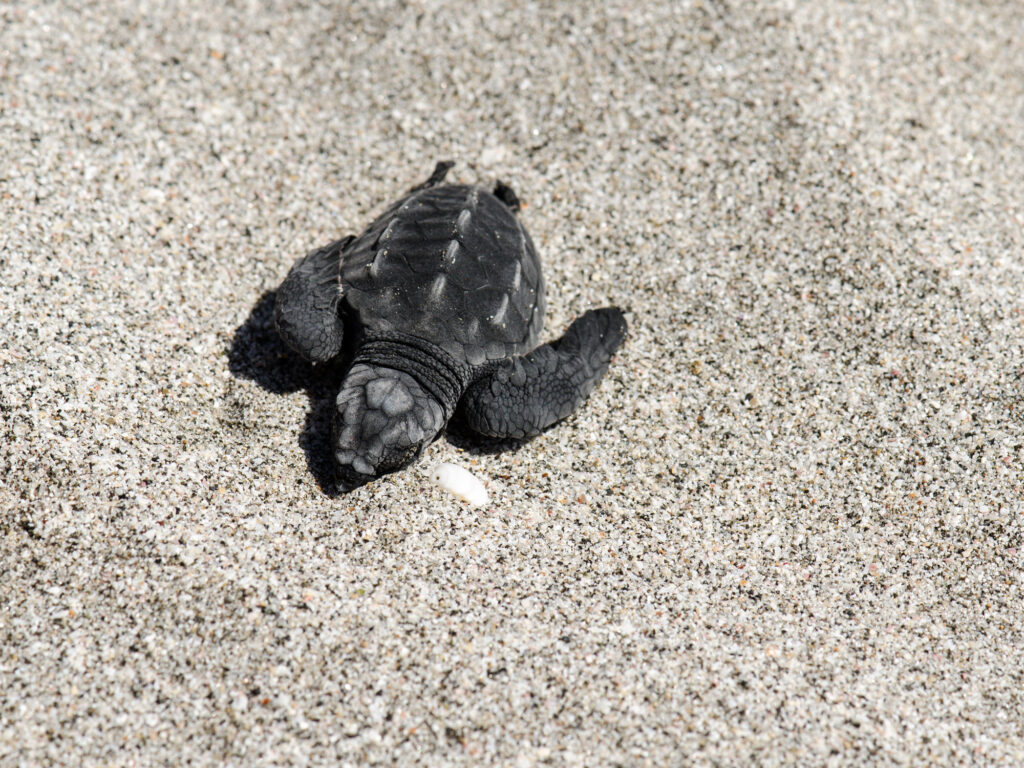
Fact 6: Costa Rica doesn’t have an army
In 1948, following a brief civil war known as the Costa Rican Civil War, Costa Rica’s newly elected President, José Figueres Ferrer, abolished the country’s military forces and declared that the funds previously allocated to the military would be redirected towards education, healthcare, and social welfare programs. This decision was enshrined in Article 12 of the Costa Rican Constitution, which states that “the Army as a permanent institution is abolished.”
Since then, Costa Rica has maintained a longstanding tradition of neutrality and demilitarization, focusing instead on promoting peace, diplomacy, and international cooperation. The country’s security is ensured through civilian law enforcement agencies, including the Public Force (Fuerza Pública), which is responsible for maintaining public order, enforcing laws, and safeguarding national security.
Fact 7: Costa Rica is renowned for its stunning beaches
Costa Rica’s Pacific and Caribbean coastlines boast an abundance of beautiful beaches with diverse characteristics, ranging from calm bays and gentle waves to powerful breaks and world-class surf spots. Some of the most popular surfing destinations in Costa Rica include:
- Playa Tamarindo: Located on the Pacific coast in the province of Guanacaste, Playa Tamarindo is a vibrant beach town known for its long, sandy beach and consistent surf breaks suitable for all levels of surfers.
- Santa Teresa: Situated on the Nicoya Peninsula in the province of Puntarenas, Santa Teresa offers a laid-back atmosphere and world-class waves that attract experienced surfers seeking challenging breaks and hollow barrels.
- Playa Dominical: Located on the southern Pacific coast in the province of Puntarenas, Playa Dominical is renowned for its powerful beach break and consistent swells, making it a favorite destination for surfers of all skill levels.
- Puerto Viejo: Nestled on the Caribbean coast in the province of Limón, Puerto Viejo is known for its relaxed vibe, stunning scenery, and consistent surf breaks, including Salsa Brava, one of the most famous reef breaks in Costa Rica.
- Pavones: Located in the Golfo Dulce region of southern Costa Rica, Pavones is famous for its long, left-hand point break, which offers some of the longest rides in the world and attracts experienced surfers seeking epic waves.
Whether you’re a seasoned surfer looking for challenging breaks or a beginner seeking gentle waves to learn on, Costa Rica offers a diverse range of surf spots to suit every skill level and preference.

Fact 8: Costa Rica is more than just a tropical climate
Costa Rica is a land of remarkable biodiversity, featuring diverse landscapes that include lush rainforests, cloud forests, volcanoes, mountains, rivers, and pristine beaches. The country’s varied terrain and ecosystems provide habitats for a wide array of plant and animal species, making Costa Rica one of the most biodiverse countries in the world.
In addition to its tropical climate, Costa Rica’s geographical diversity offers opportunities for a range of outdoor activities and eco-adventures. Visitors to Costa Rica can explore dense rainforests teeming with wildlife, hike to breathtaking waterfalls, zip-line through the canopy, soak in natural hot springs, and climb active volcanoes.
Fact 9: Costa Rica has four sites inscribed on the UNESCO World Heritage List
Costa Rica’s UNESCO World Heritage Sites include:
- Cocos Island National Park: Located approximately 550 kilometers off the Pacific coast, Cocos Island National Park is renowned for its exceptional marine biodiversity and pristine ecosystems. The island and its surrounding waters are a haven for diverse marine life, including sharks, dolphins, whales, and sea turtles.
- Area de Conservación Guanacaste: This UNESCO World Heritage Site encompasses the Guanacaste Conservation Area, a vast protected area in northwestern Costa Rica. It boasts a diverse range of ecosystems, from dry forests to cloud forests, and is recognized for its outstanding biodiversity and conservation efforts.
- Precolumbian Chiefdom Settlements with Stone Spheres of the Diquís: Located in the Diquís Delta region of southern Costa Rica, this site contains several archaeological sites with stone spheres believed to have been created by pre-Columbian indigenous cultures. The stone spheres are considered important cultural artifacts and symbols of indigenous heritage.
- Talamanca Range-La Amistad Reserves / La Amistad National Park: This transboundary UNESCO World Heritage Site is shared between Costa Rica and Panama. It encompasses a vast area of tropical rainforests, cloud forests, and diverse ecosystems that are home to an extraordinary variety of plant and animal species.
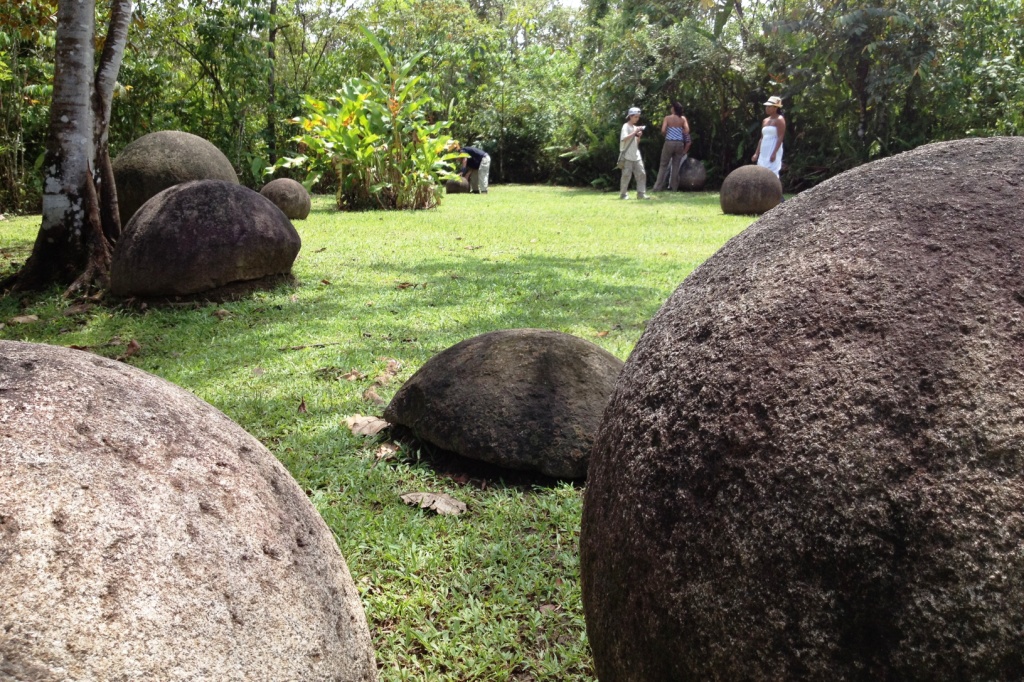
Fact 10: The money in Costa Rica is very colorful
Costa Rica’s currency, the colón, is known for its colorful banknotes, which showcase various elements of the country’s culture, history, and natural heritage. The designs often incorporate images of iconic landmarks, wildlife, indigenous art, and important figures in Costa Rican history.
For example, the ₡10,000 banknote features a portrait of former President Alfredo González Flores and the Guanacaste tree, a symbol of national pride. The ₡5,000 banknote depicts former President Mauro Fernández Acuña and the blue morpho butterfly, a common sight in Costa Rica’s rainforests. The ₡2,000 banknote showcases former President Braulio Carrillo Colina and the ocelot, a native wildcat species found in the country’s forests.

Published April 21, 2024 • 11m to read

